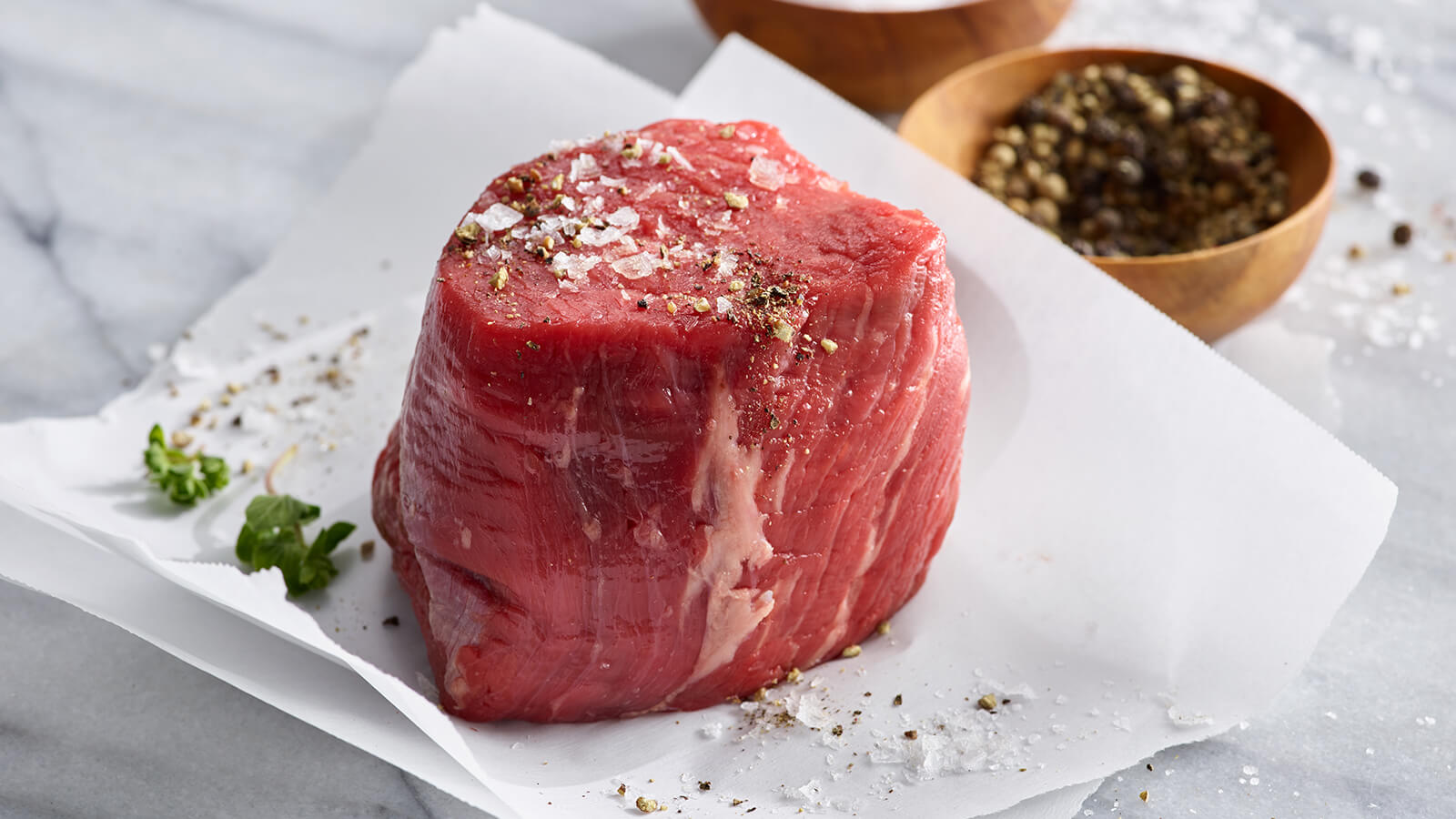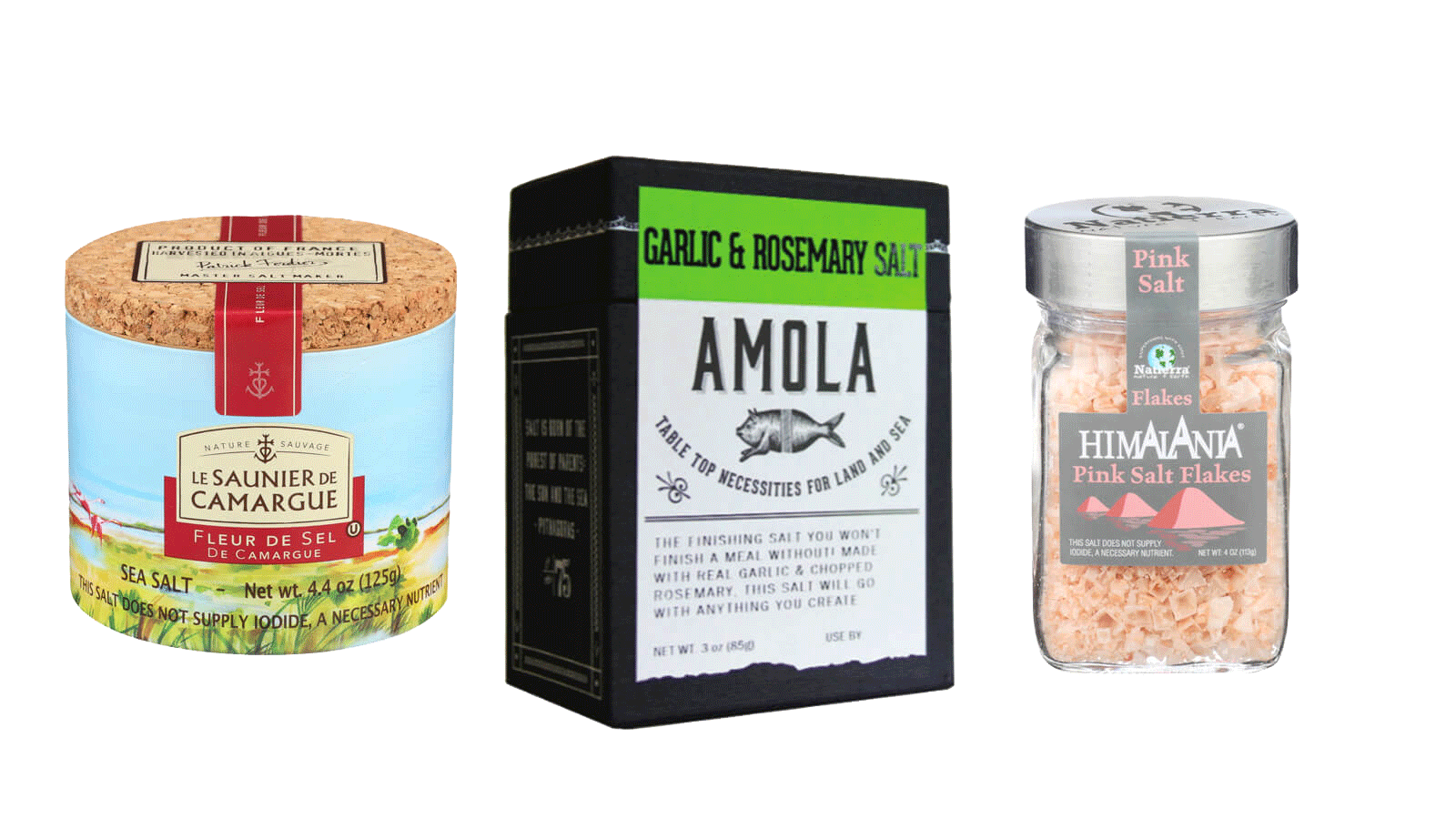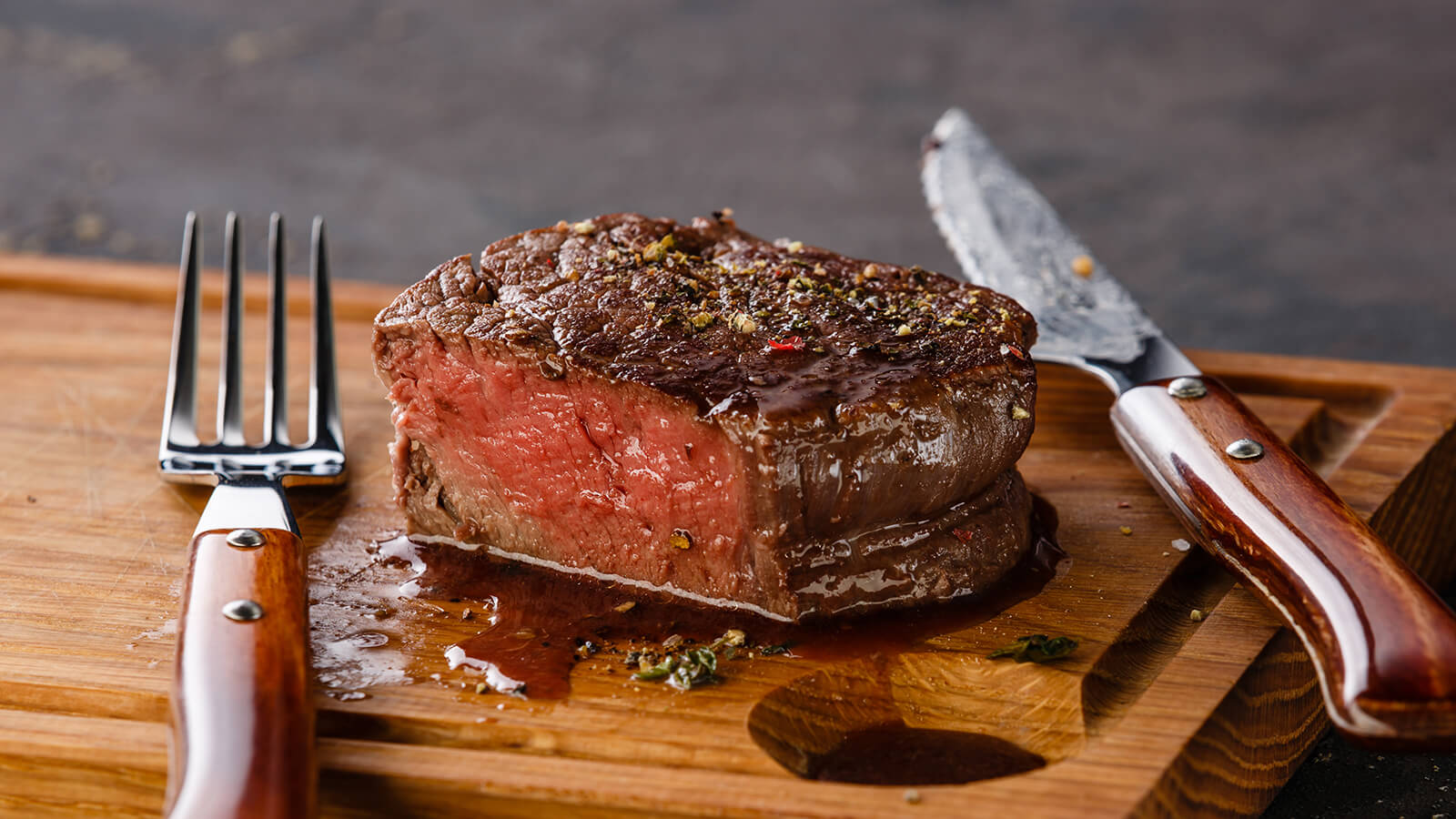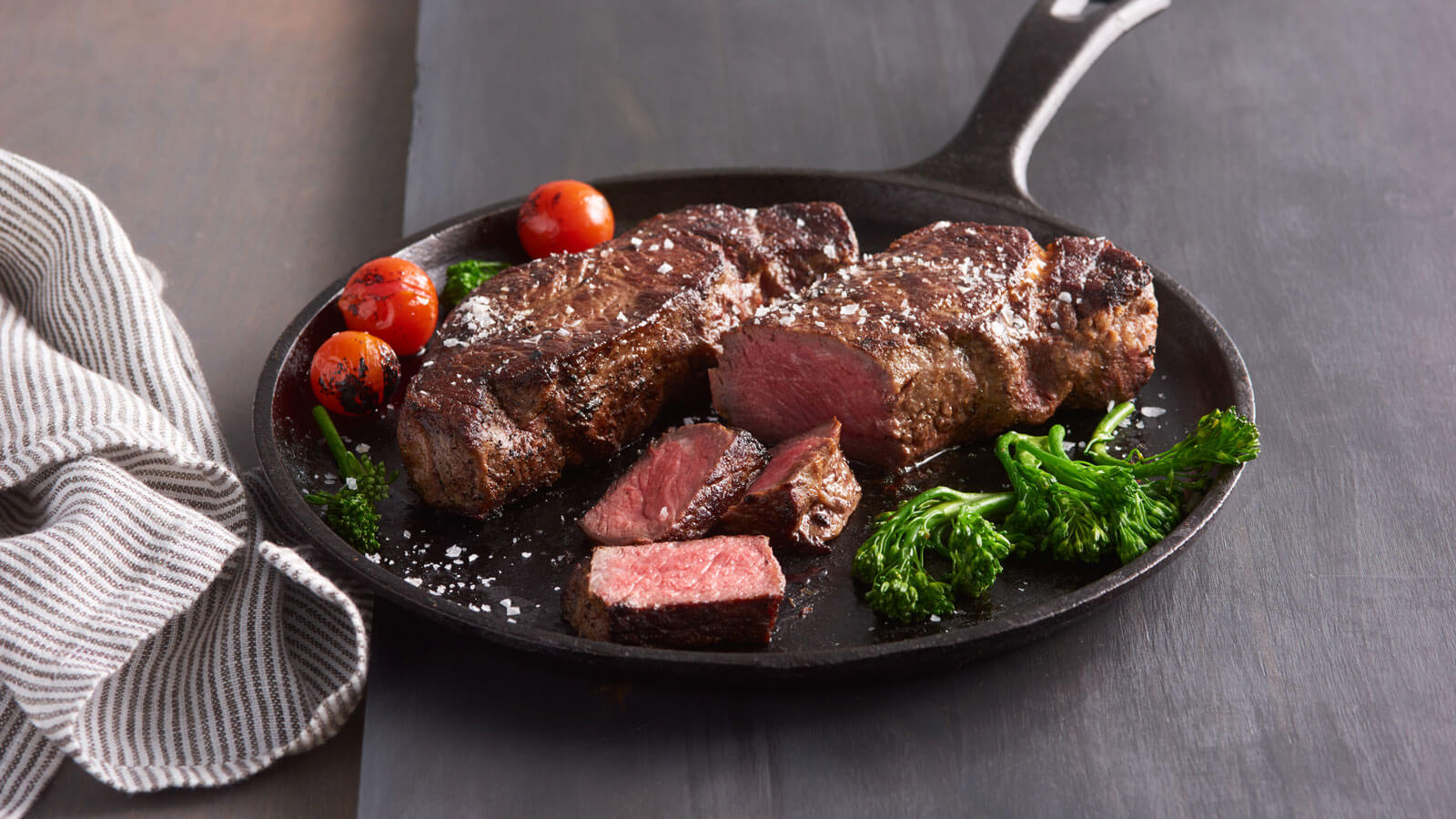How to Cut Usda Whole Prime Beef

How to Melt the Perfect Steak
Serve the best with perfectly-cooked USDA Prime beef.
Whether it's perfectly grilled or cooked in a skillet, USDA Prime number is always delicious.
Meet The Curators - Meat Department
The ii most popular steak-cooking techniques are outdoor grilling (our favorite) and stovetop cooking, usually in a heavy-bottomed or bandage iron skillet. Both techniques create a mouthwatering browned exterior and deep, compact flavor.
Not certain which cuts to grill? For a juicy, total-flavored entrée, cull ribeye, porterhouse or whatsoever os-in cut. These cuts accept the most marbling and stay tender when grilled. For something quick-cooking, endeavour a thinner cut like brim steak or flank. If you're leaning towards lean, opt for filet mignon, whole beefiness tenderloin or New York strip.
Bank check out our "Come across the Curators" video to learn more than well-nigh how nosotros bring you the best option of quality beef. We asked Managing director of Meat and Seafood Peter Mayes for the 411 on top-notch beef, along with some of his go-to cooking methods for our favorite cuts.
Tips for Cooking USDA Prime Beefiness
Whether you're grilling your steak or pan-searing it, hither are a few tips to ensure a great entrée every fourth dimension.
Season less. Coarse salt, freshly cracked blackness pepper and perhaps a pat of butter for finishing—that'due south it. Allow the steak speak for itself. Flank steak is an exception, and information technology takes beautifully to marinating. Merely be certain to pat the steak dry with paper towels before cooking to aid browning.

Allow it sit. After seasoning your steak, let it stand at room temperature for 15 to 30 minutes earlier cooking. This helps it melt more evenly.
Keep it hot. For the all-time browning, use a very hot skillet or grill. Avoid continuously turning the steak so a chaff can form. This will also allow the steak to exist flipped without sticking, every bit the crust will create a barrier between the meat and the cooking surface.
Fourth dimension it right. Allow 3 to 4 minutes per side for a ane-inch-thick steak. Brand adjustments for steaks that are thicker or thinner.
Feel information technology out. Steaks are often too thin for an instant-read thermometer to suffice, so you lot'll have to rely on your sense of touch on. Every bit the steak cooks, it releases wet, and the meat firms up. Press the steak with your forefinger to get a reading. Rare steak feels slightly soft, medium is somewhat resilient and well done is business firm to the touch.
Take a interruption. Always allow steak to residuum for a few minutes earlier serving and then the juices (which have been moving around due to the estrus) can redistribute themselves throughout the meat.

The Finishing Touch
Merely before serving, sprinkle a pinch of coarse, natural finishing common salt on pinnacle of your steak. This cuts through the steak's richness while adding texture and flavor. Our current favorites are mitt-harvested Le Saunier De Camargue Fleur De Sel from France, naturally pink Natierra Himalayan Pink Salt Flakes and flavorful Amola Garlic & Rosemary Salt made with all-natural ingredients.
Outdoor Grilling

Grilled Steak: Season steak with fibroid salt and freshly cracked blackness pepper. Prepare the grill for direct cooking over high heat (around 550°F). Place steaks on the grill and shut the hat. Cook until the underside is nicely browned, 3 to iv minutes.
If there are flare-ups, move the steak to an area not directly over the coals. Flip the steak over, cover and continue cooking to your desired doneness, 3 to 4 minutes more for medium-rare. Remove the steak from the grill and let stand for 3 to 5 minutes before serving.
Indoor Searing

Cast Iron Steak with Jus Butter: Season steaks generously with coarse salt and freshly cracked black pepper. Turn your stove exhaust fan on high. Heat a large, heavy skillet (bandage-iron is all-time) over medium high heat for at least two minutes. There is no need to add together oil to the skillet. Add together steaks to the skillet, existence sure not to crowd them. You will probably merely exist able to fit 2 steaks (or 4 filet mignons) in the average skillet.
Melt until the underside is nicely browned, 3 to four minutes. Flip the steaks and go along cooking to your desired doneness, 3 to 4 minutes more for medium-rare. Add ane to 2 tbsp unsalted butter to the top of the steak during the concluding minutes of cooking. Remove the steaks from the skillet and let rest for 3 to v minutes. Cascade pan sauce over the steaks and serve.
Source: https://www.thefreshmarket.com/perfectsteak
0 Response to "How to Cut Usda Whole Prime Beef"
Post a Comment